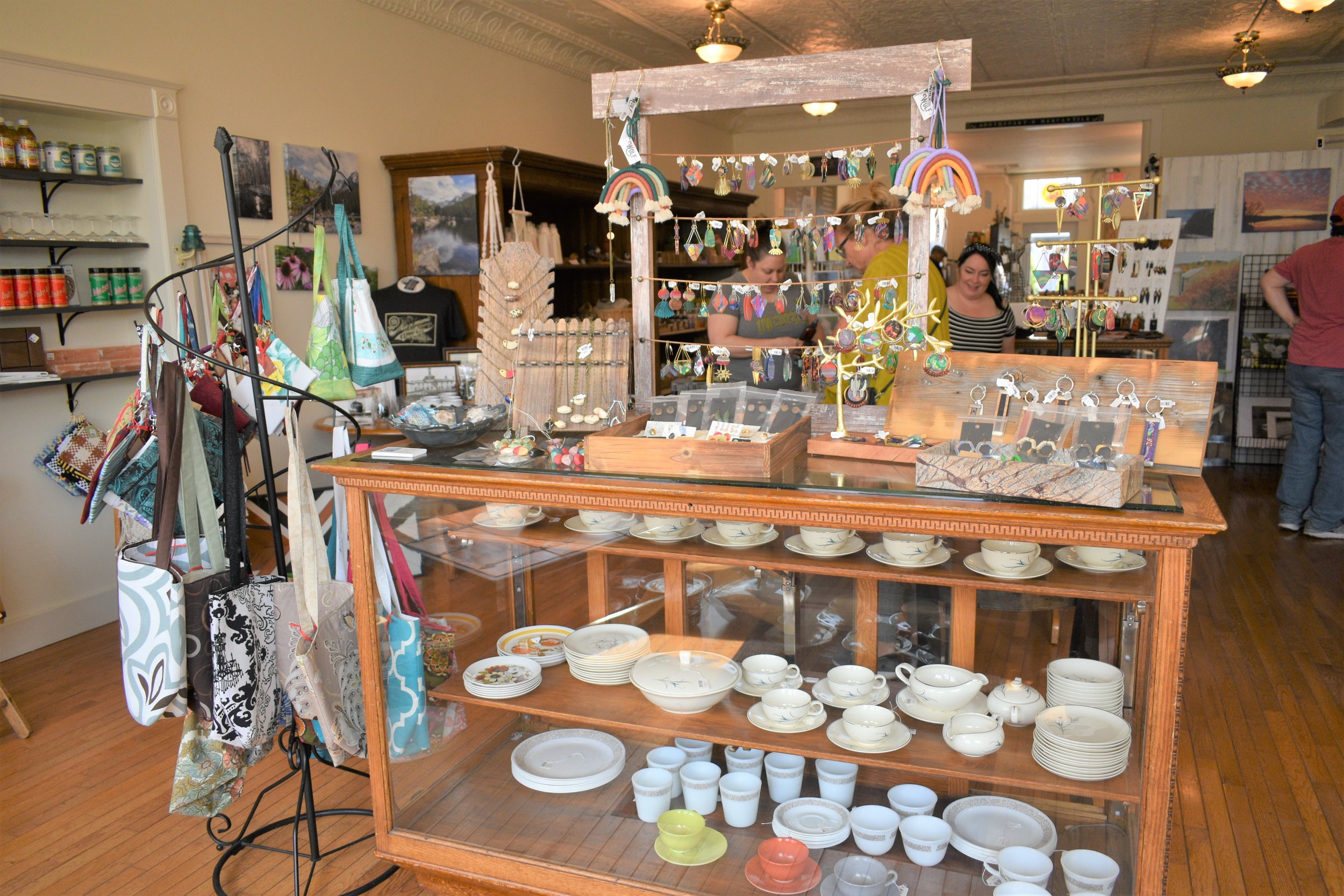5 tips to train your creativity
Being creative sometimes comes naturally. There are people that are born inquisitive and, as a result, are incredibly creative. Creativity is about creating things (obviously) and creating things requires an inquisitive mind and a “what if?” approach to the world around us.
As an artist, there are moments when we get a creative block, when we’re feeling uninspired and unable to get going. Getting over a creative block is just like trying to pole vault, you gotta train.
The following is a list of quick training sessions you can do to train your brain to flip that creative switch.
Collage
Collage is a great way to build up creative strength. I do it a lot. The best time to do it is with your kids because kids have a strange and inquisitive view of the world. They’ll stick a giraffe’s head on a woman’s body, call it an alien robot from outer space and then proceed to make up a story around it.
This type of unbridled creativity is the type of vibe you want to surround yourself with and if it’s your own kid, even better. Creative family time serves many purposes!
How to do it.
Head out to your local thrift store, or second hand book store, and browse the large non-fiction books. Grab a few that peak your interest and head home. I usually look for big photo books on history, cookery books, home improvement books, manuals with interesting diagrams and documentary books on space and science.
Grab some paper, scissors and glue sticks and start cutting.
Look for interesting comparisons and ask questions. What if I put this photo of a human next to this photo of a building at exactly the same size? What if I remove this sky in this landscape and replace it with a radar image of outer space?
Get the kids involved. Let them go at it. Don’t dive in and ask what they’re doing. Just sit and watch them create and feel inspired.
Give yourself a time limit
Limits are great for creativity. I personally find that I’m at my best when there are limits. A time limit forces you to quit overthinking and just do. Time limits force you to work from brain to canvas (or paper) without second-guessing your decisions. It also doesn’t give you any time to fix the mistakes you make along the way.
Sometimes I do this just before I start a painting session. I grab a piece of charcoal and a piece of paper, think of a random object and attempt to sketch from memory in 15 mins. Then I throw it in the trash and get rolling on the real piece.
Play guitar (or another instrument)
It’s been well documented that music stimulates the same areas of the brain that are responsible for creative decision making. Playing an instrument adds more to this experience. It warms up your coordination and your memory.
For me, it also gives me time to think.... or to not think and just be.
Work with a new medium
Every year around my birthday I start thinking of my goals for the following year. It’s like a New Year’s resolution, but I do it at a time when there’s no New Years resolution pressure!
Usually I try to pick a new skill to learn, this is how I ended up becoming and oil painter. I decided to learn oil painting one year and I enjoyed it so much I kept going.
Other things I’ve tried have included learning the harmonica, calligraphy, origami and watercolor.
Although none of these appealed to me as much as oil painting, they did give me experience of new skills. I didn’t become amazing at any of them but the steep learning curve strengthened my ability to flip the creative switch. The best thing to come out of doing this every year for over 15 years is that I eventually found my “thing.”
Copy another artist
Sometimes, our creativity is so blocked that the only thing that crosses our mind is “no matter what I do, it’s never going to be as good as _______.”
Now, this is a bigger issue for artists than just stifling creativity and we’ll address this in another post in the future. But for the sake of simply trying to get you back into the creative game, my advice is “copy that which you are comparing yourself to.”
I’ve done this so many times in the past. I’ve done my own versions of famous paintings by Van Gogh. I’ve tried to recreate famous images in different art mediums... sometimes I’ve used things that weren’t art (such as pasta and garden clippings)
The takeaway
These training sessions are not intended to create mind blowing pieces of art. They’re intended to warm up that dormant part of the brain responsible for creativity. They’re intended to brush the dust off those art materials that have been sitting there for months, unused. They’re intended to silence the part of your mind that says “no, you can’t do that” and give a voice to the part that says “what if I did this?”
Now get out there and show them what you’re made of!
Dan Howard is an up and coming artist from Viroqua, Wisconsin.




